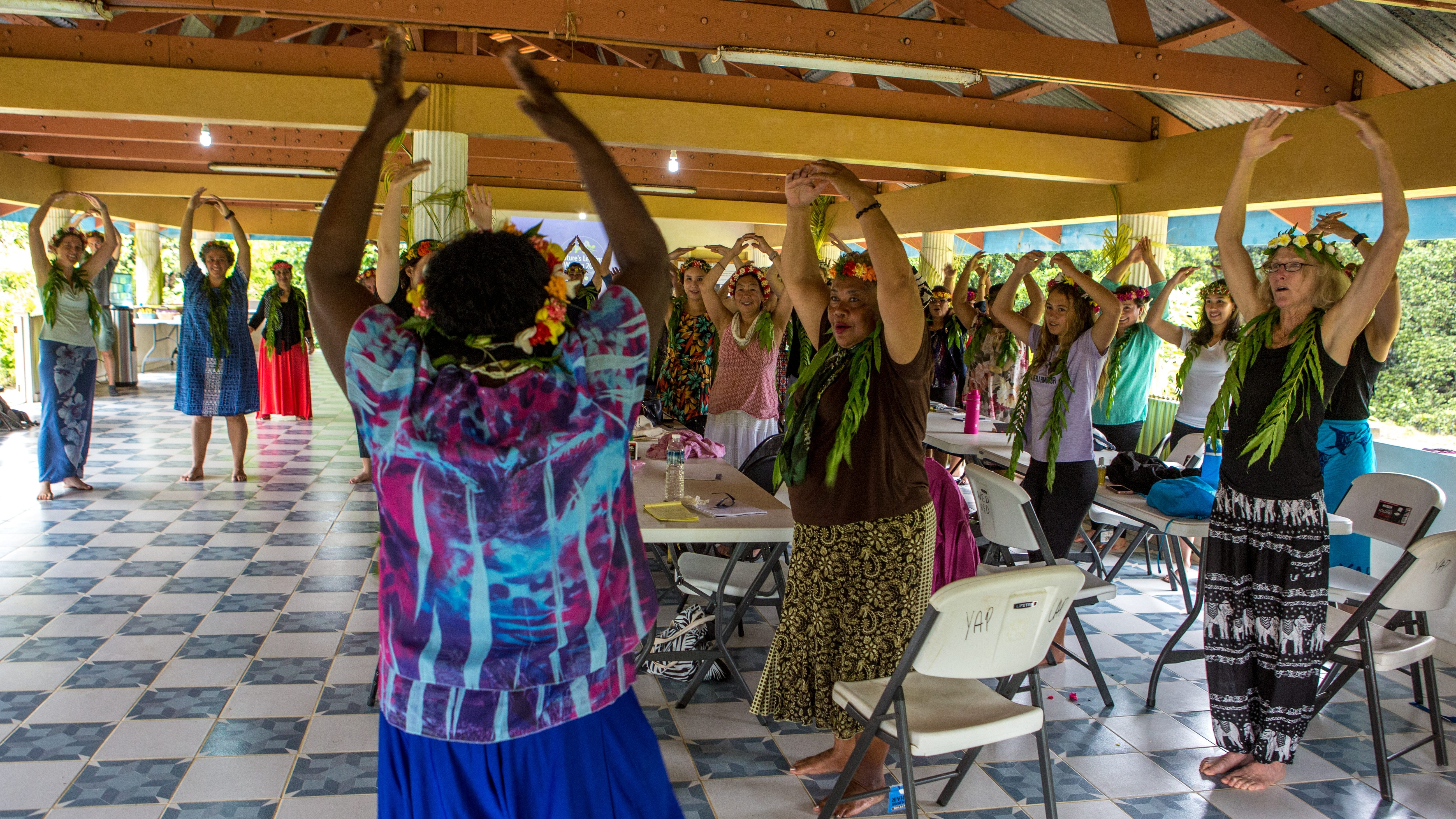Researchers surveying Nature Conservancy staff find that gender bias and inequity hold women back across their conservation careers. The study, conducted by TNC’s own scientists, is one of the first and most comprehensive gender studies across more than 900 staff from a large conservation organization.
The Gist
Robyn James, TNC’s director of gender and equity for Asia Pacific and a PhD candidate at the University of Queensland, led a team to survey more than 900 Nature Conservancy (TNC) staff on their experiences working within the conservation sector. The results, published recently in Frontiers in Environmental Science, show that a ‘green glass ceiling’ holds women back.
There were four clear findings from the survey:
- Women feel less able to contribute to conservation and science than men. This ranged from large, organizational goal-setting decisions to more specific decisions for their management unit and team. For example, only 49% of women, compared with 65% of men, agreed they had enough influence in determining research and conservation priorities.
- Women reported that their gender had played a key role in restricting their careers. For example, 29% of women, compared to 4% of men, reported that before they came to TNC their gender had played a role in them missing out on a raise, promotion, key assignment, or chance to get ahead.
- Women experience sexual harassment and discrimination, as well as fear retaliation more than men. Women also reported higher rates of sexual harassment and discrimination across their careers in conservation, with 15% of women compared to just 2% of men, reporting they had experienced sexual harassment at conservation-related conferences or important meetings.
- Men report the sector as a more equitable and favorable place for women than women themselves experience it. Men significantly overestimated gender equity for women in conservation, and they perceived the conservation sector as significantly more equitable than how women actually experienced it.

The Big Picture
It’s widely acknowledged that a persistent and pervasive gender gap exists in modern workplaces, and the conservation science sector is no different. Multiple lines of evidence demonstrate that women are paid less, cited less, promoted less often, and are less likely to be invited to join editorial boards, research panels, and grant proposals. The results are further compounded if you include race, language and location.
Conservation organizations are incorporating gender and equity considerations into their work, yet few studies have examined the experiences of women working within the sector. This study is the first and largest of its kind focused on understanding gender inequities within a large conservation organization.
“Conservation organizations often view gender inequity as an issue only for locally based community conservation, primarily in low-income and emerging economies,” says James. “But these same challenge and biases exist without our own workplaces, too.”
The Takeaway
James emphasizes that the sector must take responsibility for breaking what she calls “the green glass ceiling.”
“These are not problems that women can — or should — solve on their own,” says James. “Women are struggling to meet their career goals because the organizations they work for aren’t set up as places where women can succeed.” And her data show that men often fail to recognize the problem. “The responsibility for fixing that rests with us, as leaders, to understand what the data is telling us and work to fix the systems that are holding women and others back.” In their paper, James and her collaborators offer a series of recommendations to improve gender equity in conservation. “We don’t need more research; what we need is action,” she says.



